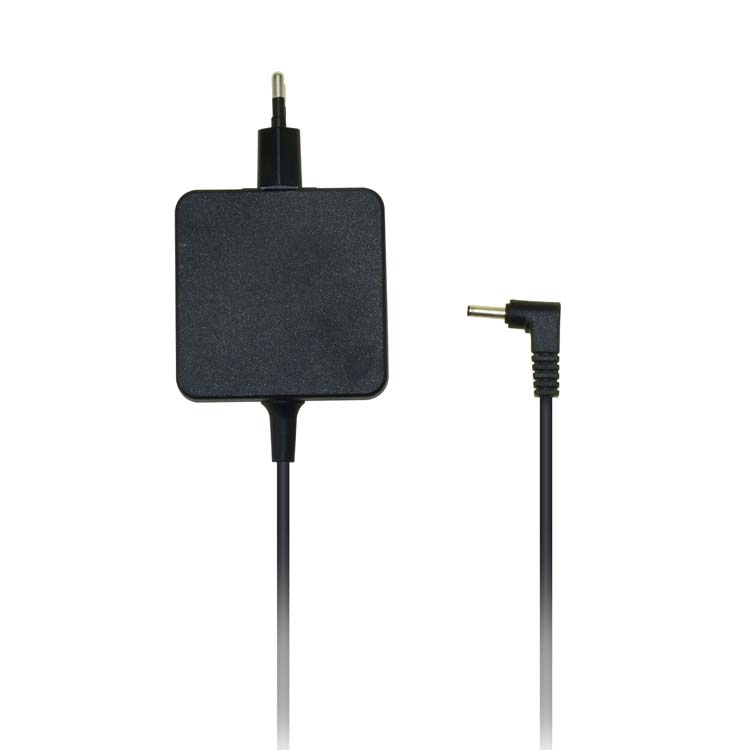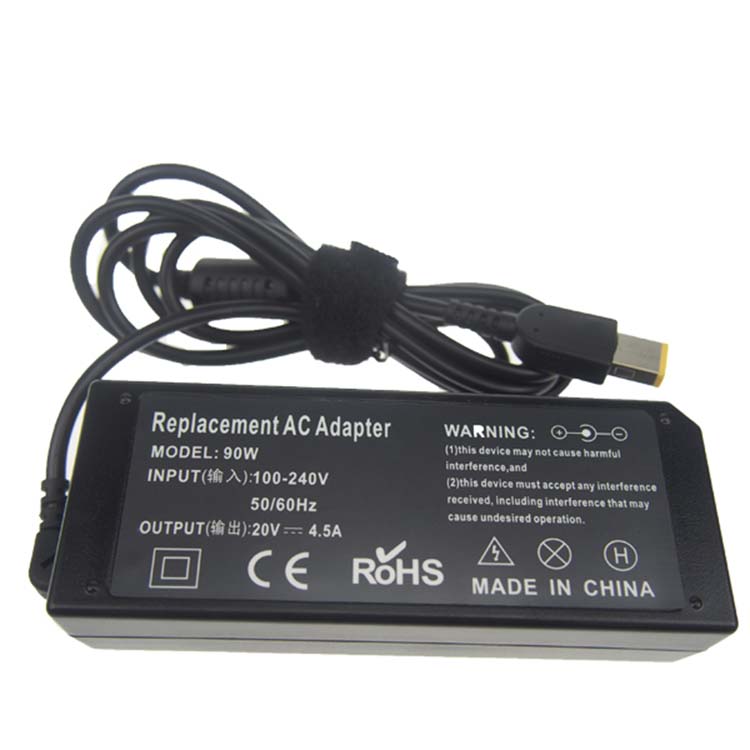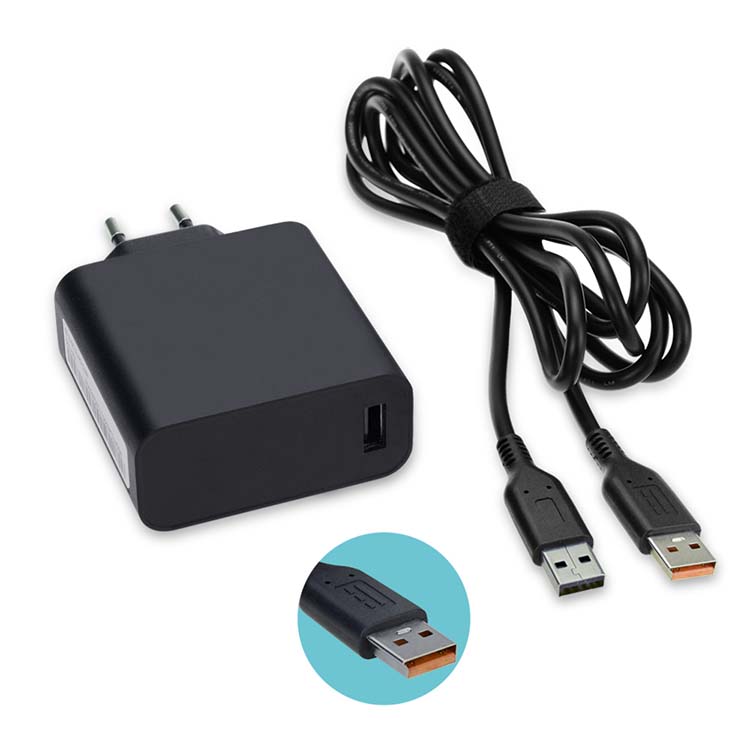The video processor is the witness, witness and the iconic device for the birth, growth and maturity of the LED full-color display. The LED-specific video processing equipment has gradually matured in the process. The advantages and disadvantages of the video processor directly affect the display effect of the LED display.
This article refers to the address: http://
Video processing equipment needs to address the following key issues in LED full color display applications:
1) Format conversion function
The signal format of the PC camp (VESA organization) in the consumer field and the video format of the consumer or professional video (ITU and SMPTE organizations) spanned from the analog signal era to the digital signal era and even the current high-definition display in the early days of enlightenment. And many of the legacy signal formats and signal standards are still active or working in the consumer market, so in most engineering bids, video processors are needed to solve signal access, processing and display problems. The fundamental solution is that the video processing device can complete the format conversion problem between many signal formats, including the following:
VE~ camp's VGA~UXGA signal format conversion involves signal input interface VGA (analog), DVI-D (digital), HDMI (digital) and Displayport processing;
The signal format conversion of 480i~1080p60 in ITU and SMPTE camps, the digital bandwidth spans from 143Mbps to 3G. It involves the processing of composite video (analog), S-terminal (analog), standard-definition component (YCbCr), high-definition component (YPbPr), SD-SDI (digital), HD-SDI (digital) of signal input interface;
The mutual conversion between VESA formats is called upconversion (UpConvert, such as VGA to XGA conversion) or down conversion (DownConvert, such as UXGA to XGA conversion);
The conversion of ITU and SMPTE to VESA format is called cross-conversion (CrossConvert, such as composite video to XGA conversion);
2) Color space conversion function
The color space of the LED is much larger than the NTSC color space of the TV signal. Therefore, if the RGB color space of the NTSC is used directly in the display to control the illumination of the three primary colors of the LED, color deviation will occur, which seriously affects the display effect of the LED display. . Therefore, the video processor is required to complete the transformation of the color space, that is, the conversion of CCIR601 and CCIR709 to the RGB color space. This is also the root cause of the conversion of VESA and ITU and SMPTE signal formats to VESA standard signal formats when the LED-specific video processor completes the format conversion function.
3) Image processing and enhancement techniques
LED full-color large-screen display as a member of the flat-panel display media, not only involves the image processing technology problems involved in general image display processing, such as 3:2 and 2:2 pull-down, because their pixel pitch is much larger than others Flat panel display media, such as LCD and PDP, therefore, have more stringent requirements for image processing technology, especially image enhancement technology, including the following:
Motion compensation (MotionAdaptive)
It involves motion compensation for slow images and fast images. Good motion compensation technology can reduce the aliasing of the edges of moving images when LEDs are displayed;
Deinterlace (De-interlace)
Video signals must use interlaced scanning to reduce bandwidth and increase resolution.
The LED display needs to preprocess the interlaced signal to the interlaced signal. Excellent deinterlacing technology eliminates the scanning line effects that exist during live broadcasts and shooting;
Scale
The LED display uses a modular design and a spliced ​​display, making it the most flexible display medium of any flat panel display medium. But this flexibility also brings higher demands on image and video display, especially the display resolution of each engineering application can hardly be found in the VESA standard. Therefore, the video processor is required to provide zooming functionality. Typical scaling features are as follows:
Image reduction:
The dot matrix resolution for general display engineering applications is below the VESA standard XGA (1024*768) resolution. The video processor is required to reduce the respective signals to be accessed to the resolution of the corresponding terminal, and it is preferable to require the video processing device to have a pixel-by-point pixel scaling function (pixel-by-point pixel scaling can be performed simultaneously in the horizontal and vertical directions).
Image enlargement:
More and more engineering applications, especially the amount of building advertising, and so on, the resolution of LED display is not limited to the conventional XGA resolution, and some engineering applications even reached the level of 2048 points (including pixel sharing). The scale. In similar applications, the video processor needs to have enhanced processing technology for image magnification. The key metric is that the internal processing bandwidth of the video processor can reach or exceed the dot matrix area of ​​2048x1536 in atypical applications. In conjunction with such applications, the video processor needs to have a stack function to complete the final dot matrix display through multiple video wall stitching.
The technology of video zooming is closely related to the motion compensation and the key technologies of deinterlacing. The advantages and disadvantages of the zoom technology directly affect the smoothness of the image and video displayed on the LED large screen.
Detail Enhancement (DetailEnhancement)
The core of this technology is not only reflected in the sharpening of the edges of the image, but also includes the processing of color restoration and image scaling. The quality of this indicator of the video processor directly reflects the image clarity of the LED large screen display.
Noise suppression (NoiseReduction)
Due to the dot-matrix characteristics of the LED display, the insignificant noise in other flat panel display media will greatly challenge the LED to show the audience's psychological tolerance. The noise mainly comes from the compression noise (mosaic) of the video signal and the random noise of the system itself. The excellent video processor can suppress the noise to the image quality itself by noise suppression.
Grayscale (GrayScale)
Grayscale has always been the goal pursued by LED large-screen display suppliers, but most of the technical teams have been solving the grayscale problem of the LED screen itself, and the grayscale processing has been upgraded to the current 16bit. , 17bit. However, it ignores the problem that the input signal source has only 8 bits. The 8-bit source of the signal makes the grayscale upgrade of most people seem a bit like a castle in the air. Solving the problem of gray level processing of video processors is one of the most important key technologies to improve the overall display quality of LEDs. Combined with the advent of the current high-definition display era, the application of 10bit processing technology in video processors is the trend of the times.
A good video processor also has the functions of image cropping (Crop), bright key (LumaKey) and color key (ColorKey), which can reduce the cost of the system itself depending on the non-linear editing system.
IBM/Lenovo has recently been announced as being the 4th most valuable brand in the world, as a result, most of the demand for IBM/Lenovo Laptop Charger tends to come from the business world. IBM/Lenovo laptop charger include lenovo thinkpad charger series, lenovo ideapd charger series, lenovo yoga Adapter series and so on.
Different specifications of laptop charger will be suitable for different laptop model series, such as Lenovo IdeaPad Yoga 13, the specifications should be 20V, 3.25A, and the dc tip is square usb with pin inside. The common IBM/Lenovo Laptop Charger specification has45W 20V 2.25A, 65W 20V 3.25A, 90W 20V 4.5A etc, and the dc tip has common 5.5*2.5mm, 4.0*1.7mm, 7.9*5.4mm and Square with pin etc. Also yidashun can produce the 45W, 65W usb type c laptop adapter for IBM/Lenovo.
If you are looking for Power Adapter for IBM/Lenovo, please do not hesitate to contact us, you can find all kinds of replacement IBM/Lenovo laptop adapter. And our adapter with smart IC can protect your laptop with over current protection, over load protection, short circuit protection and over heat protection.
Yidashun's Lenovo computer charger is Brand New Replacement Product, works as Genuine parts, 100% OEM Compatible!!



Lenovo Laptop Charger,IBM Laptop Charger,Lenovo Thinkpad Charger,Lenovo Computer Charger
Shenzhen Yidashun Technology Co., Ltd. , https://www.ydsadapter.com